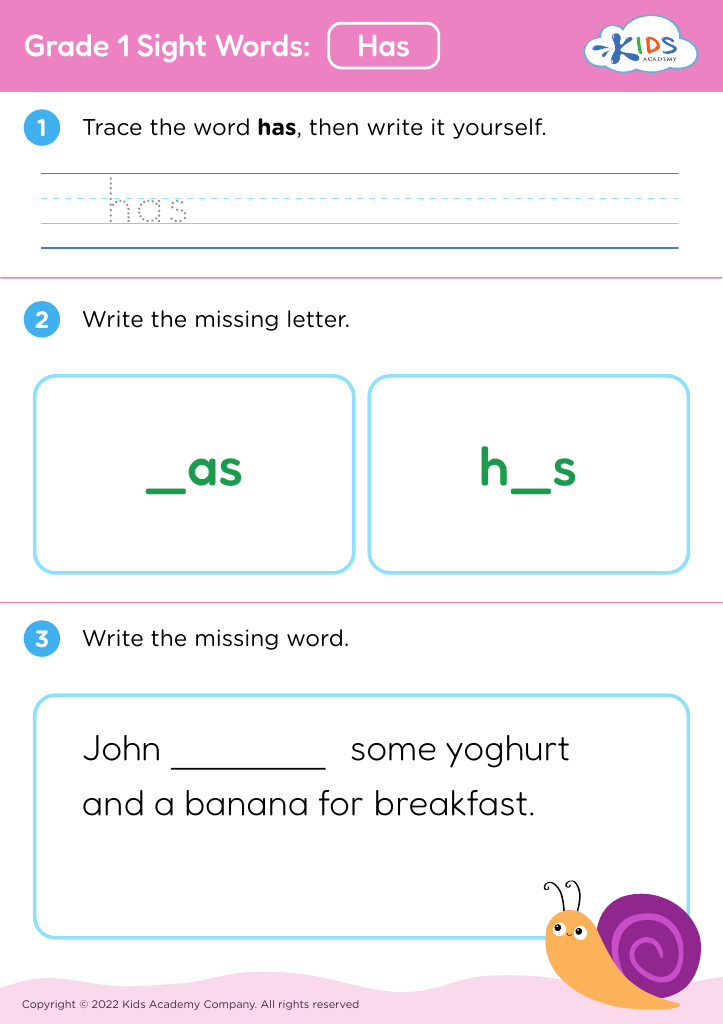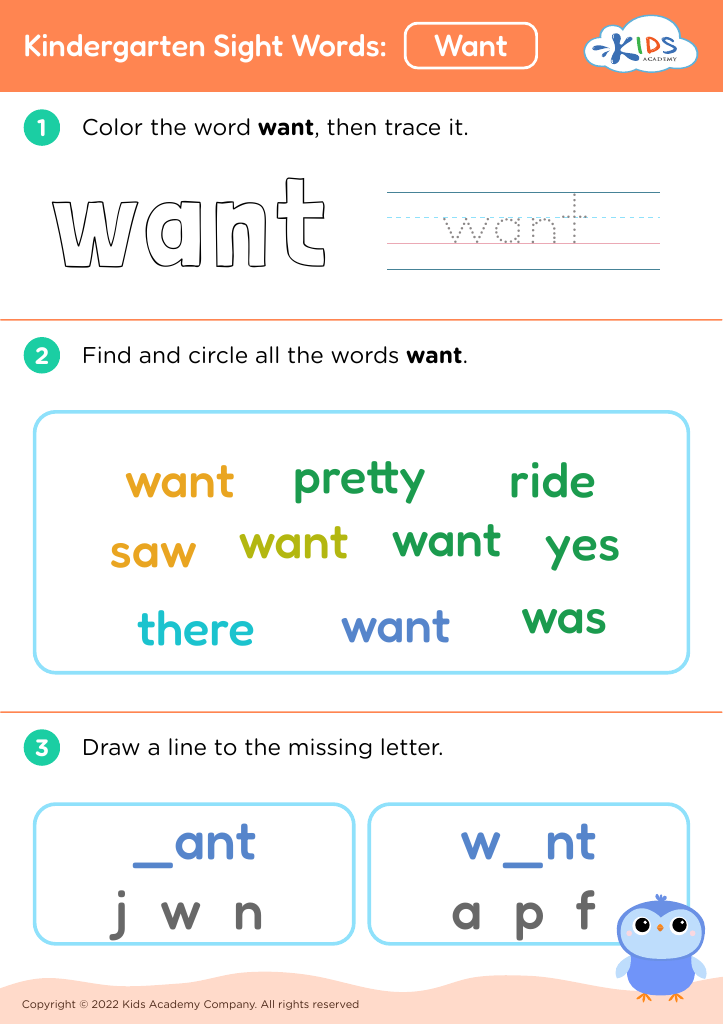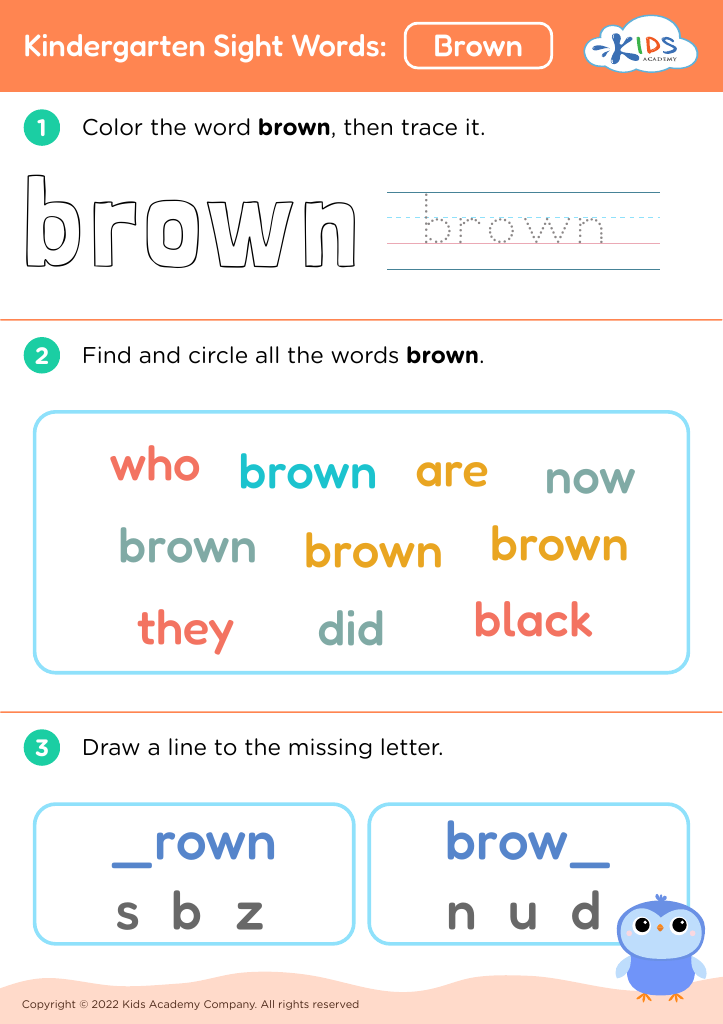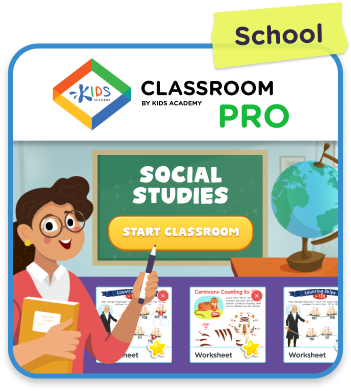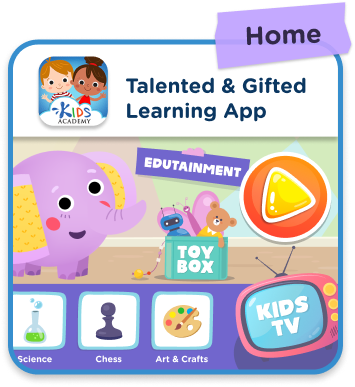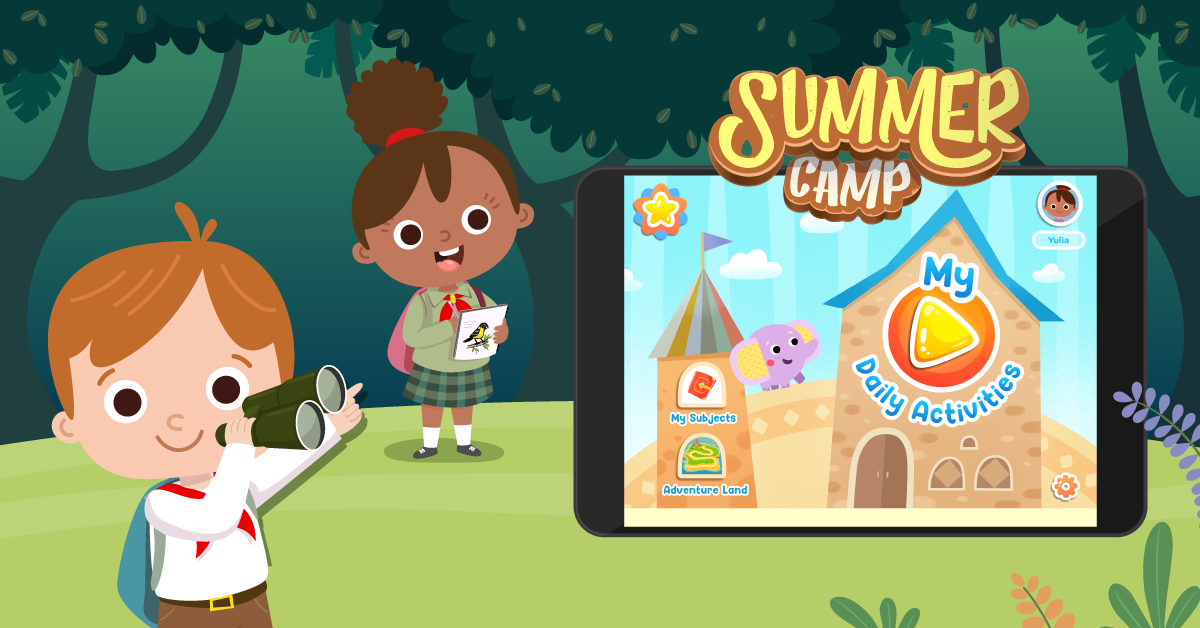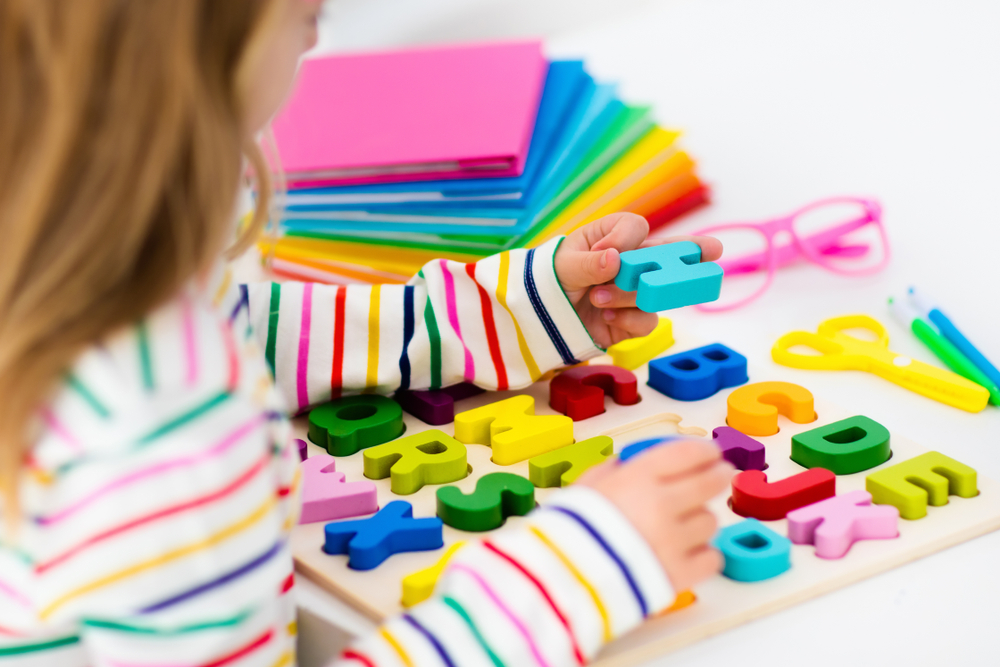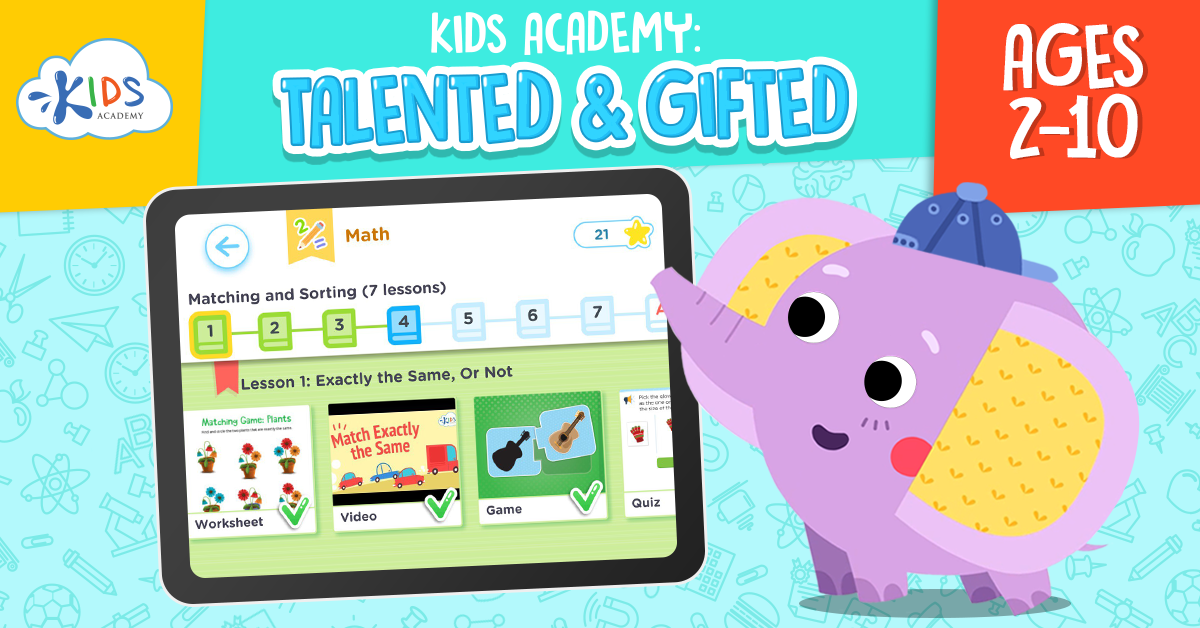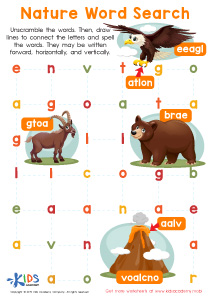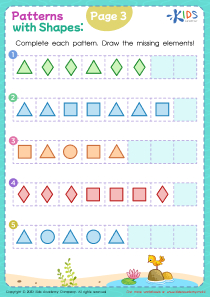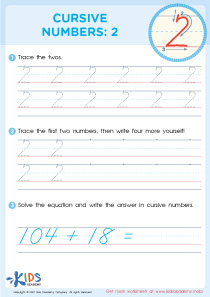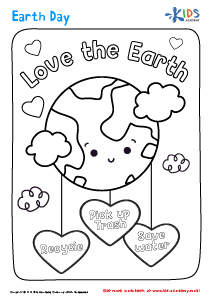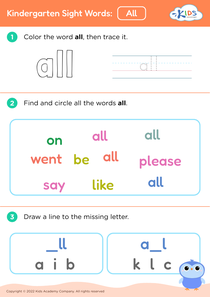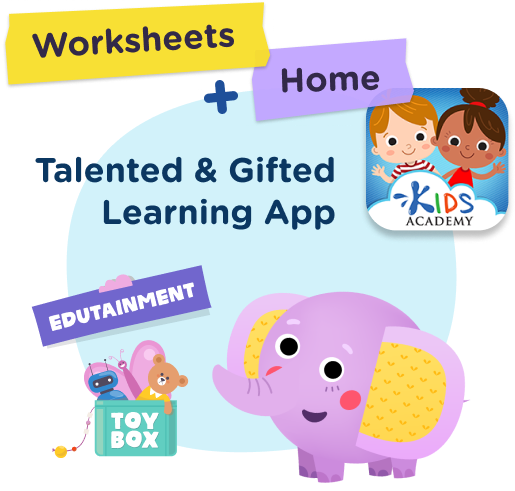Numerical problem solving Sight Words Worksheets for Ages 5-8
3 filtered results
-
From - To
Introducing our "Numerical Problem Solving Sight Words Worksheets" designed specifically for children ages 5-8. These engaging worksheets integrate essential sight words with numerical problem-solving exercises to enhance both reading and math skills. Perfect for early learners, each activity is crafted to boost confidence and promote critical thinking. By combining sight words and math problems, children develop a stronger grasp of fundamental concepts while having fun. Our printable worksheets are ideal for use at home or in the classroom, providing a valuable resource for parents and educators aiming to nurture well-rounded educational development. Download now to support your child's learning journey!
Numerical problem solving and sight words are foundational skills for children aged 5-8 and deserve significant attention from parents and teachers. Developing numerical problem-solving abilities in young children fosters essential cognitive skills: critical thinking, logical reasoning, and the ability to apply mathematical concepts to real-world scenarios. These skills are building blocks for more advanced math and science learning, ultimately contributing to academic success and practical life skills.
Sight words, on the other hand, are common words that children are encouraged to recognize without having to sound them out. Developing a strong base of sight words enhances reading fluency, comprehension, and confidence. As children recognize more sight words, their ability to read quickly and smoothly improves, allowing them to focus on understanding the content rather than decoding each word. This is particularly vital as reading is a cornerstone for learning across all subjects, from social studies and science to literature and beyond.
By focusing on both numerical problem-solving skills and sight word recognition, parents and teachers can create a balanced educational foundation that promotes overall intellectual growth. Encouraging these skills at a young age ensures that children possess the tools necessary for future academic challenges and lifelong learning. These early investments not only enhance current learning experiences but also pave the way for a brighter, more competent future.

